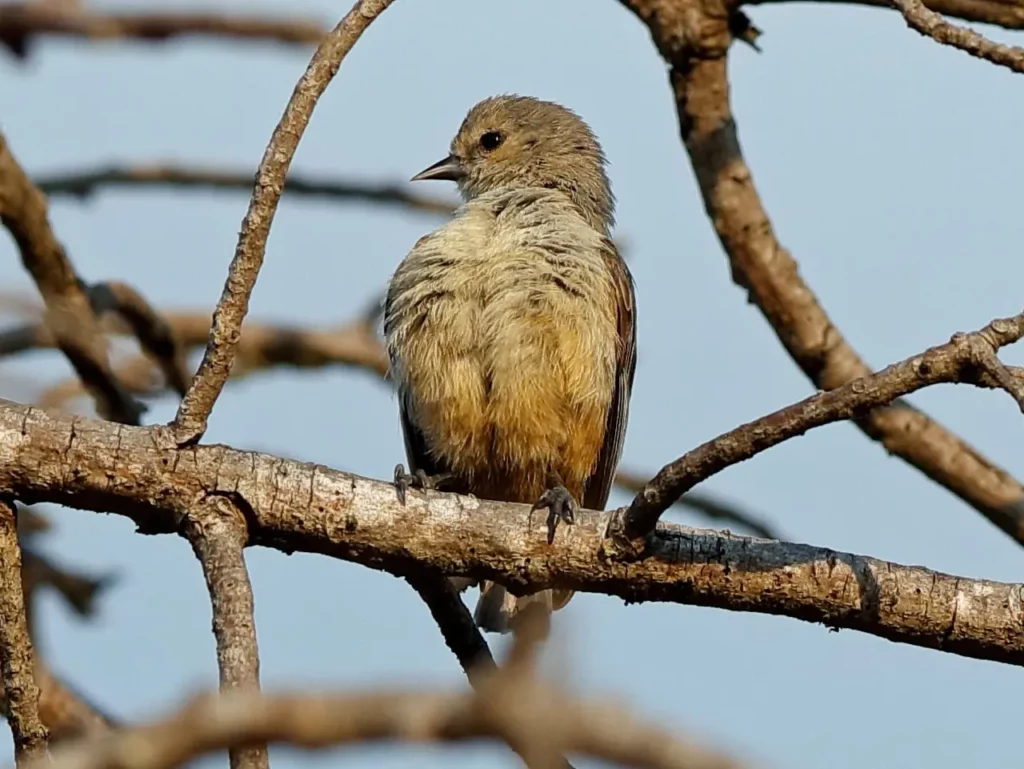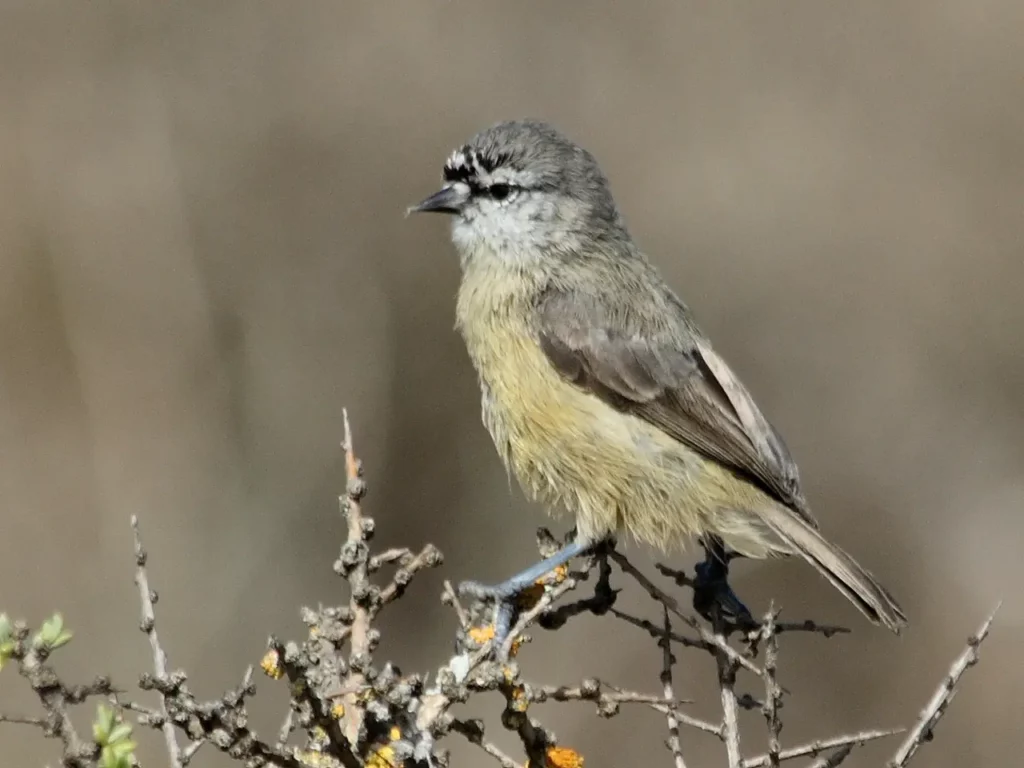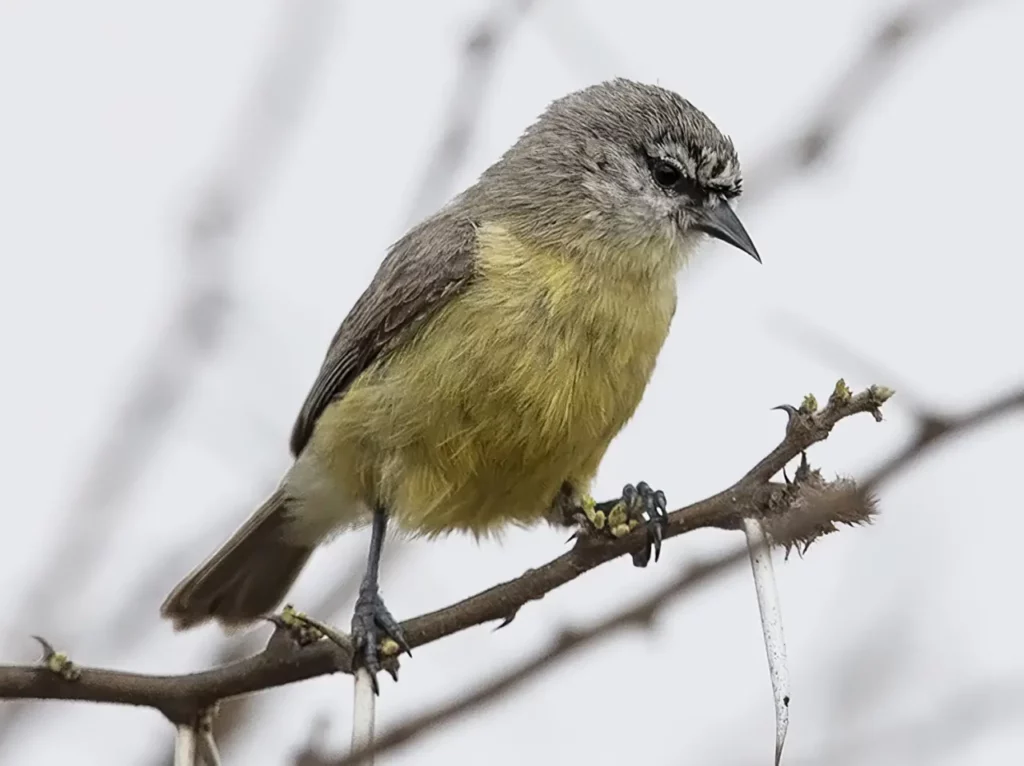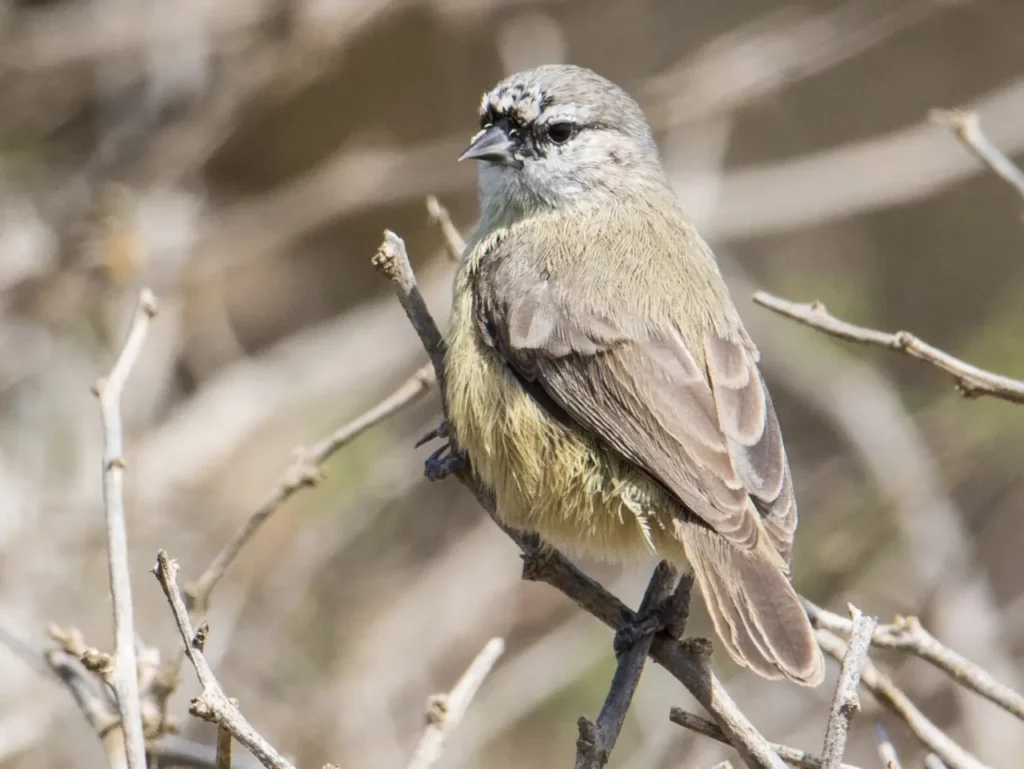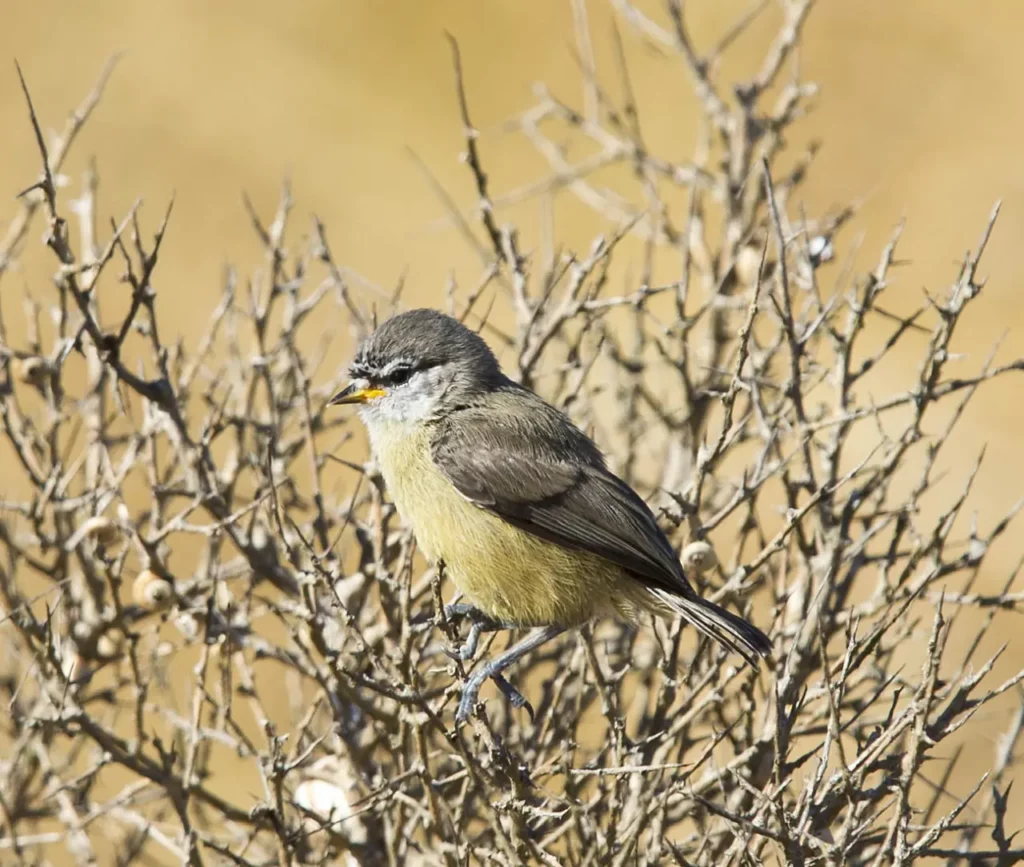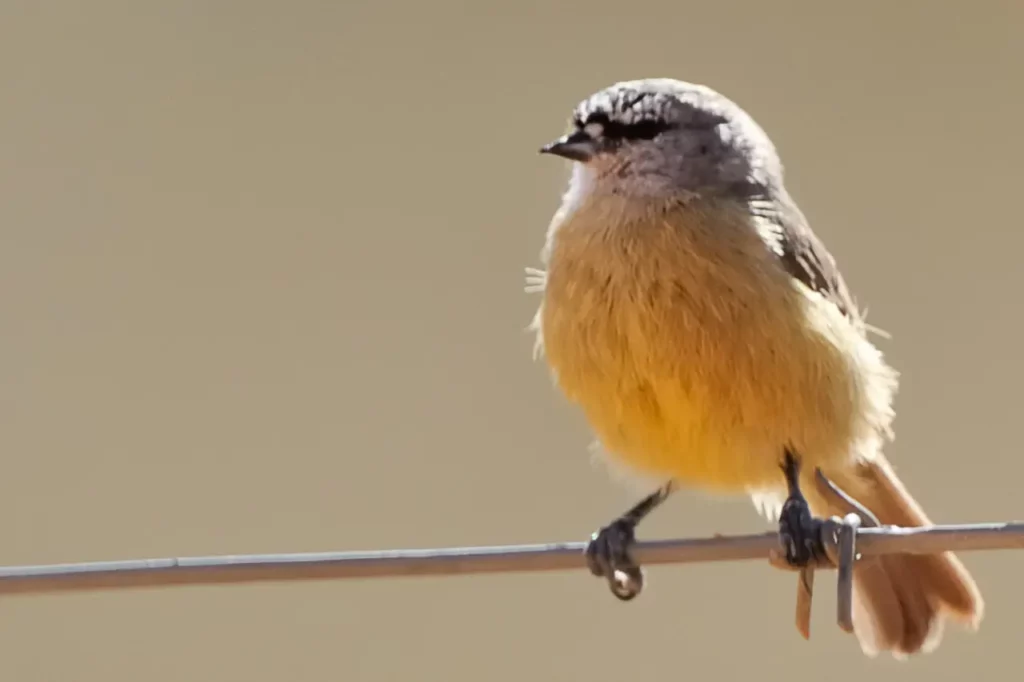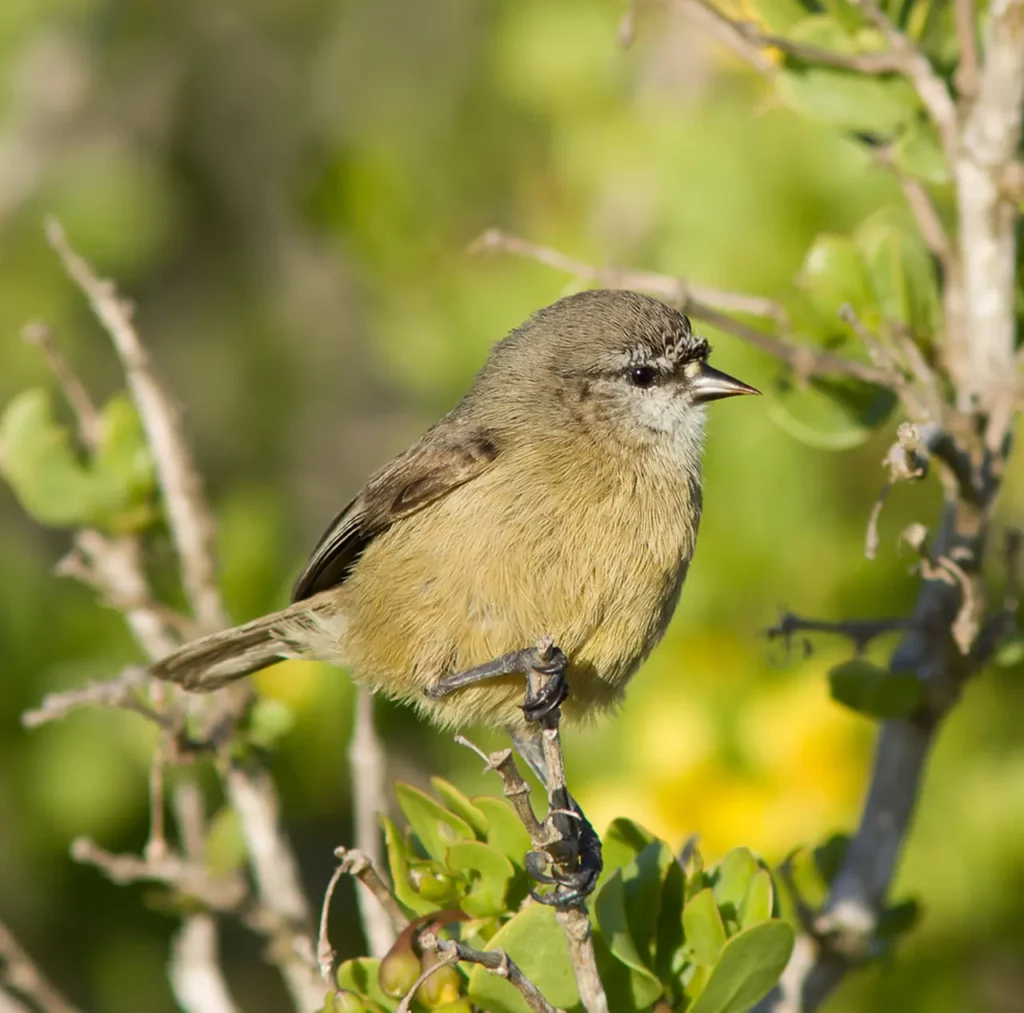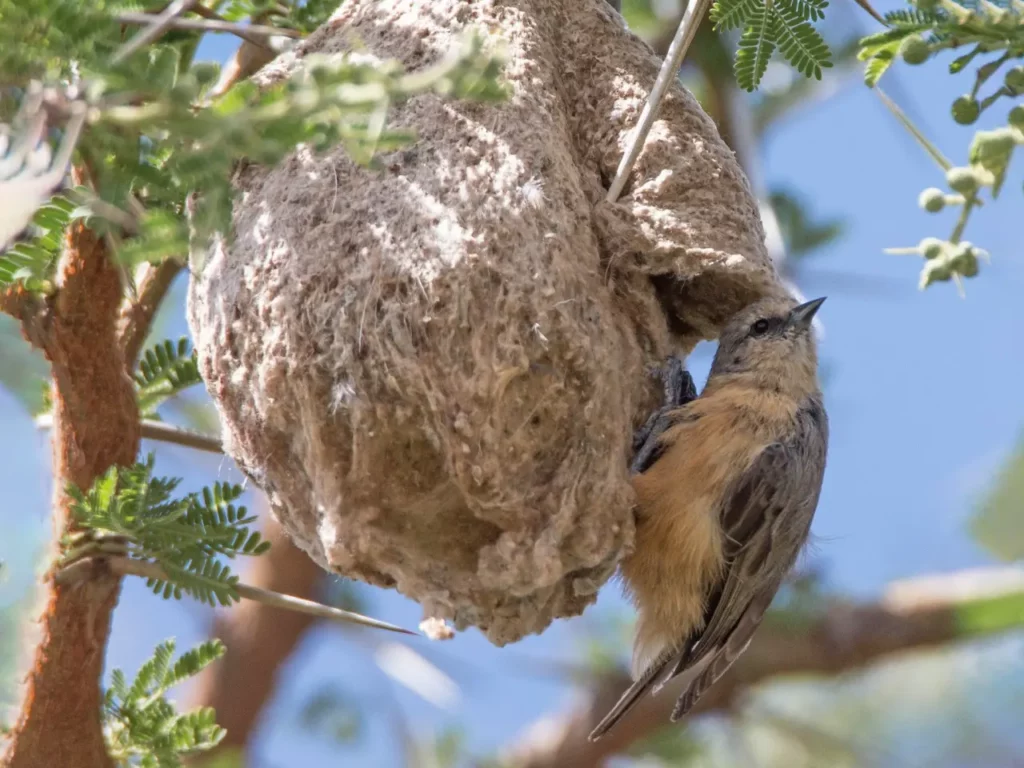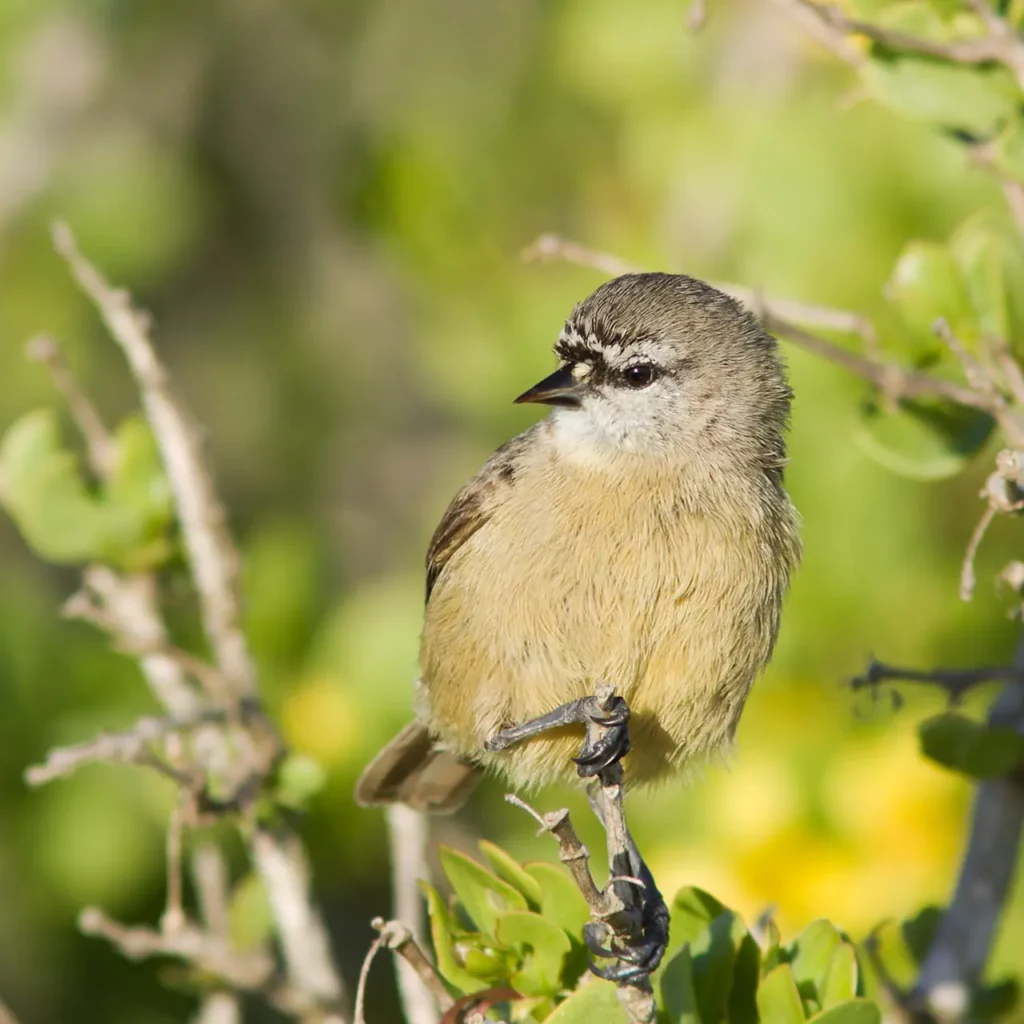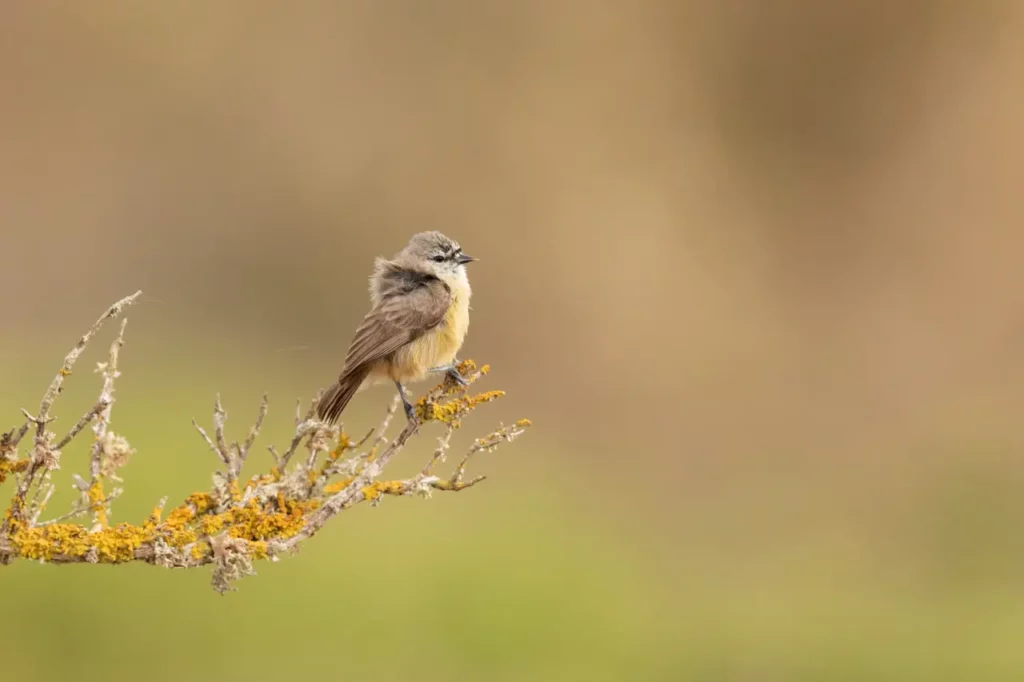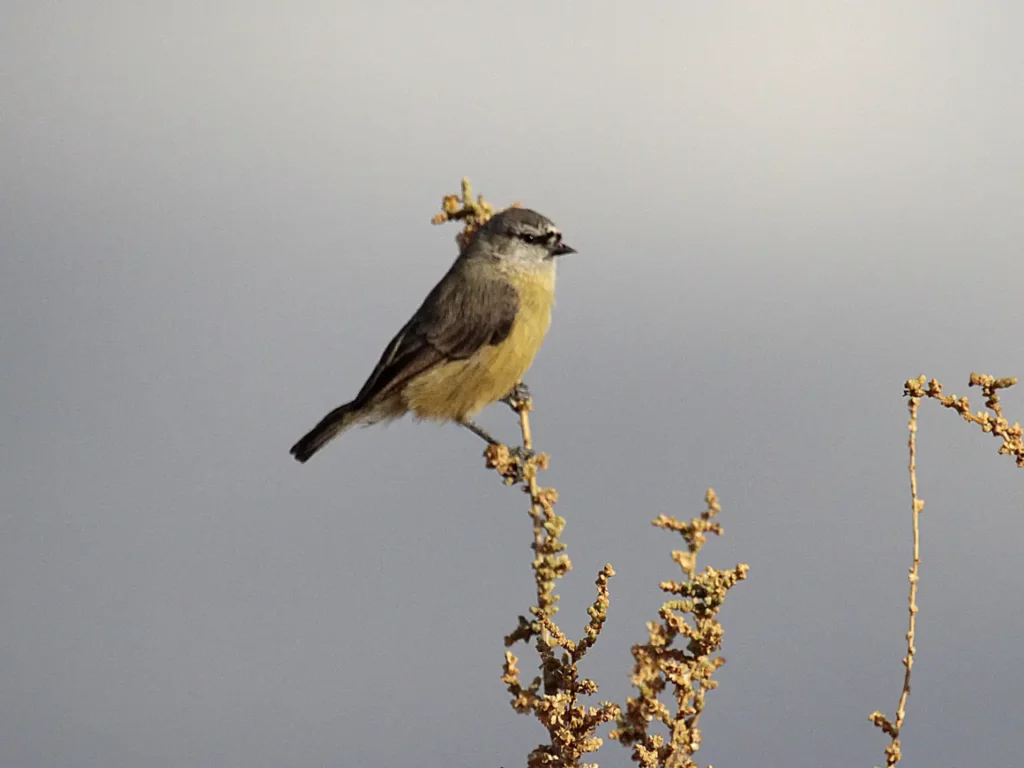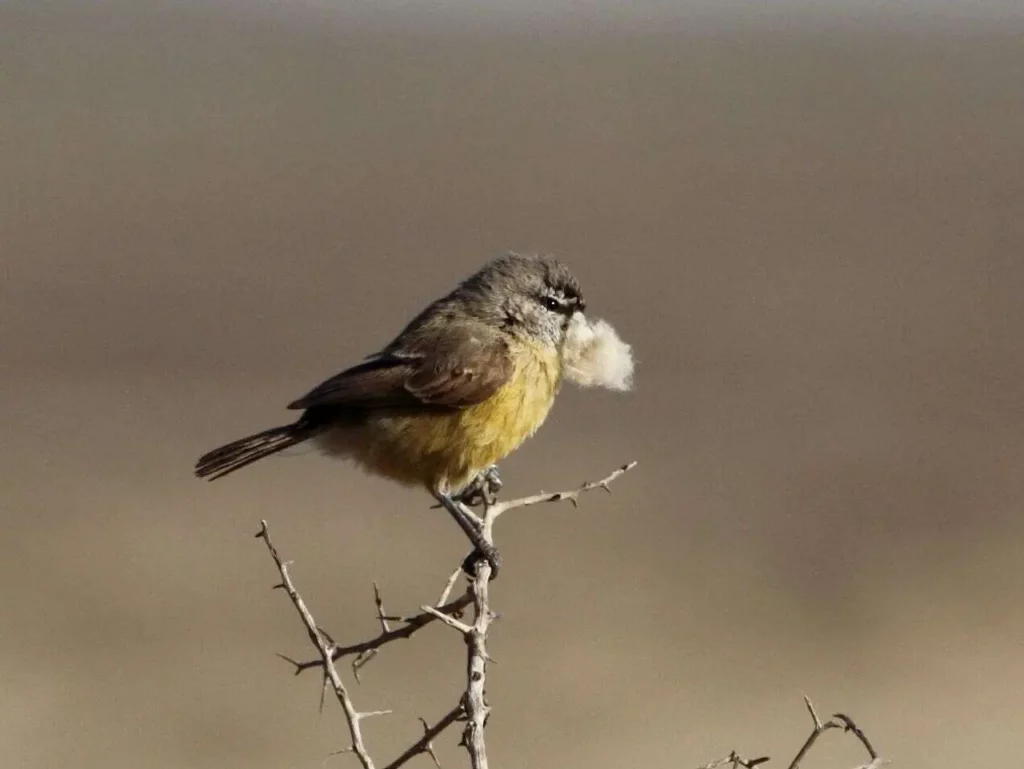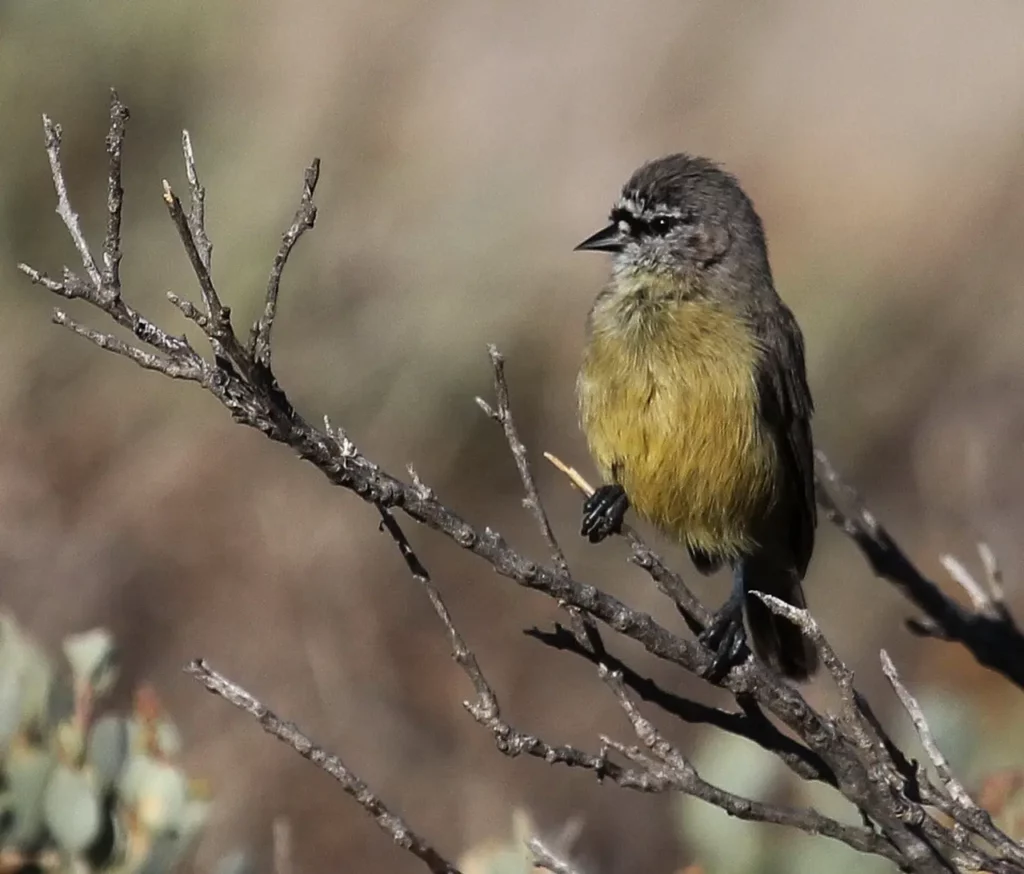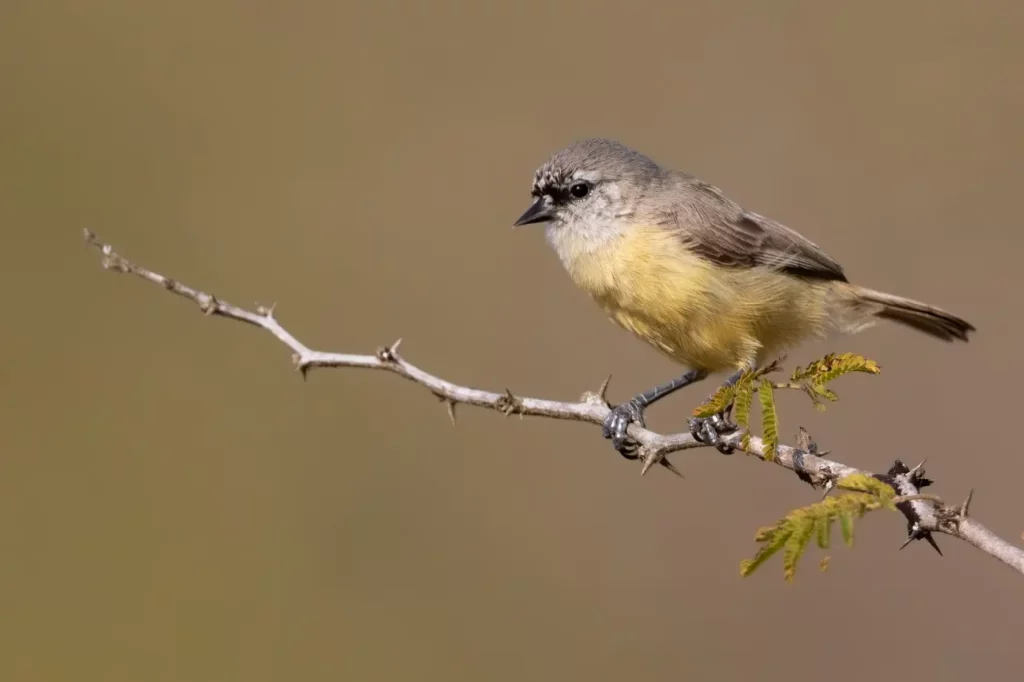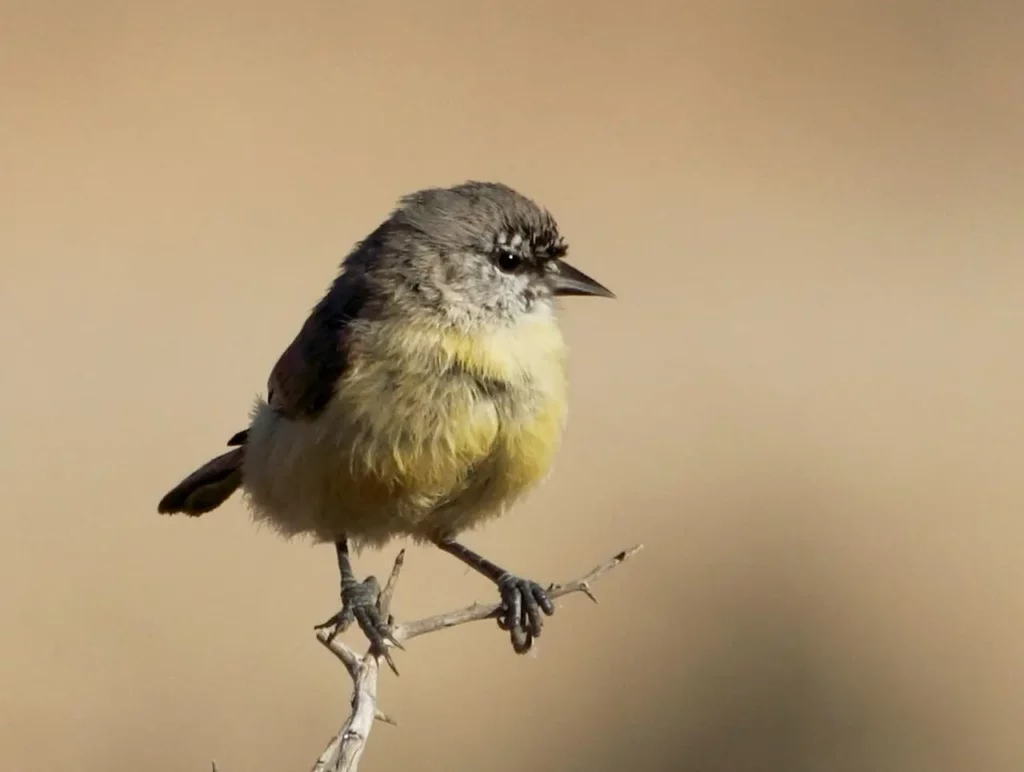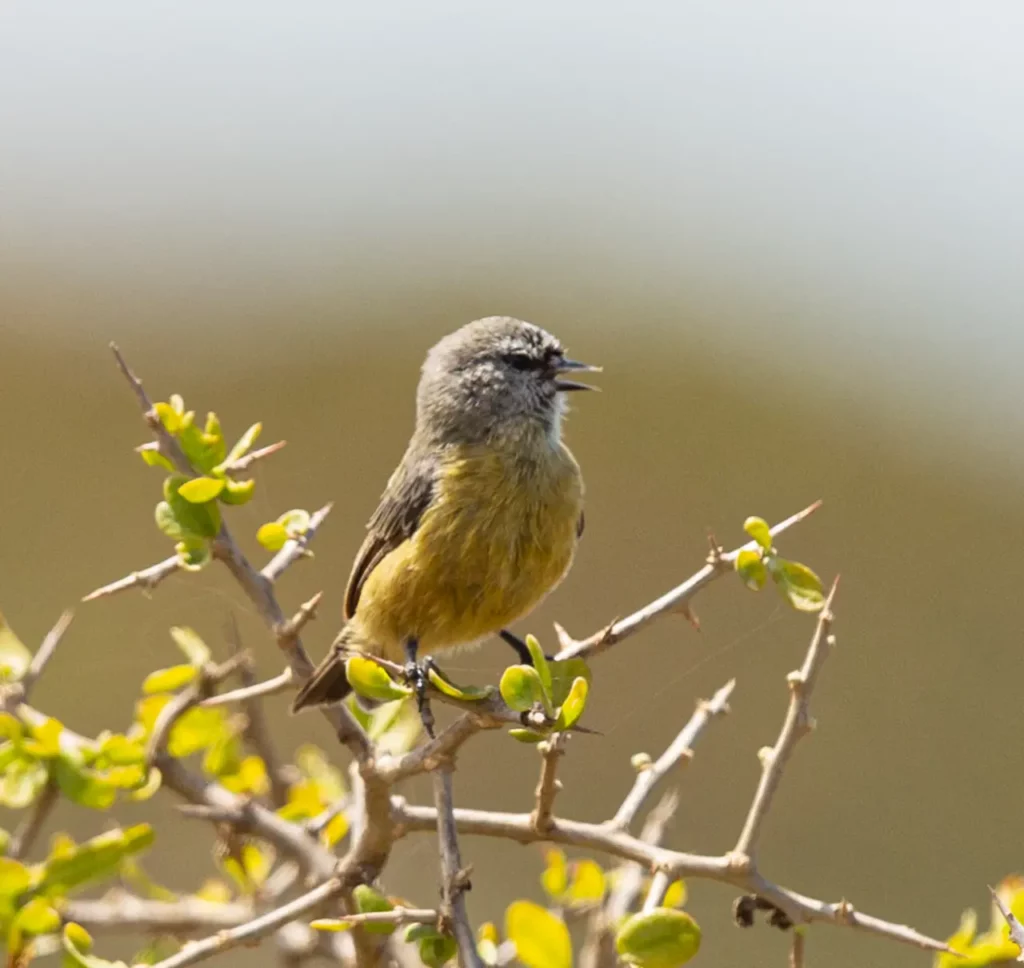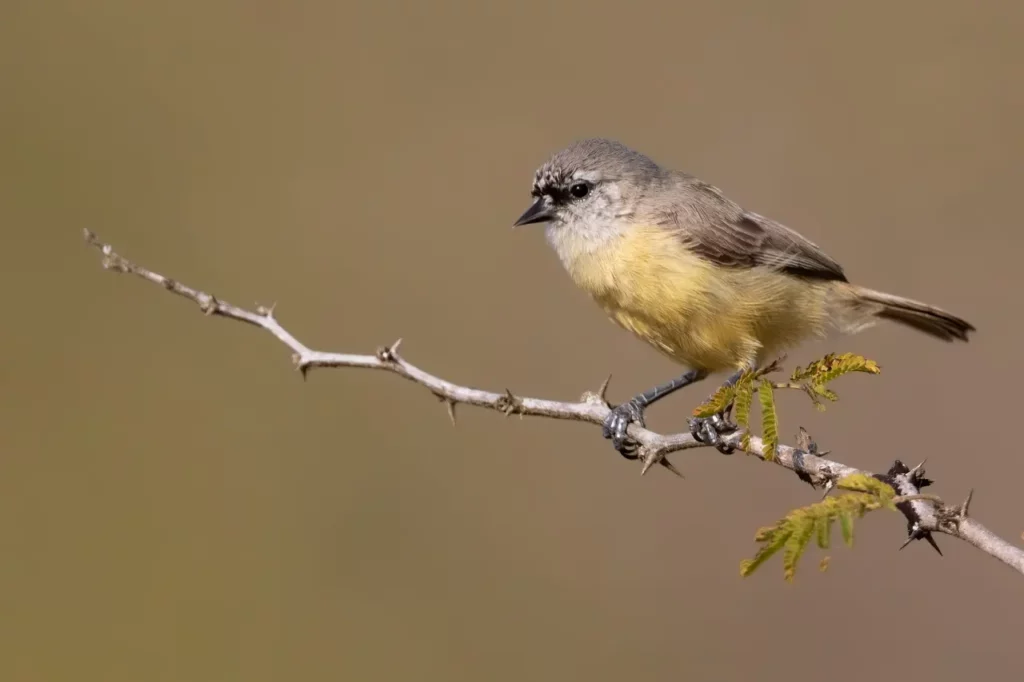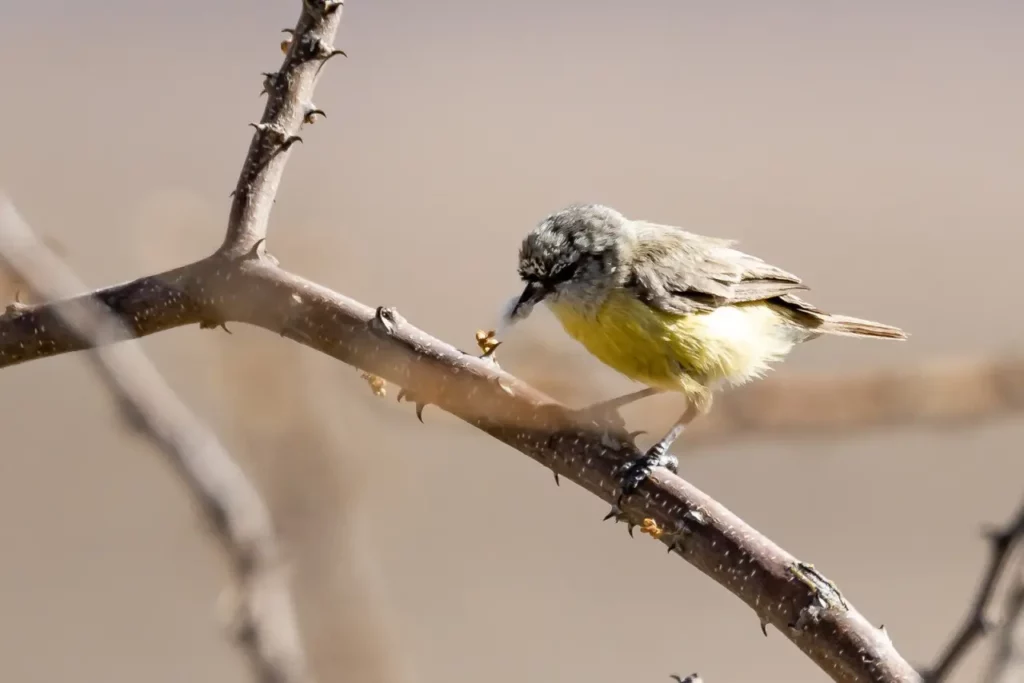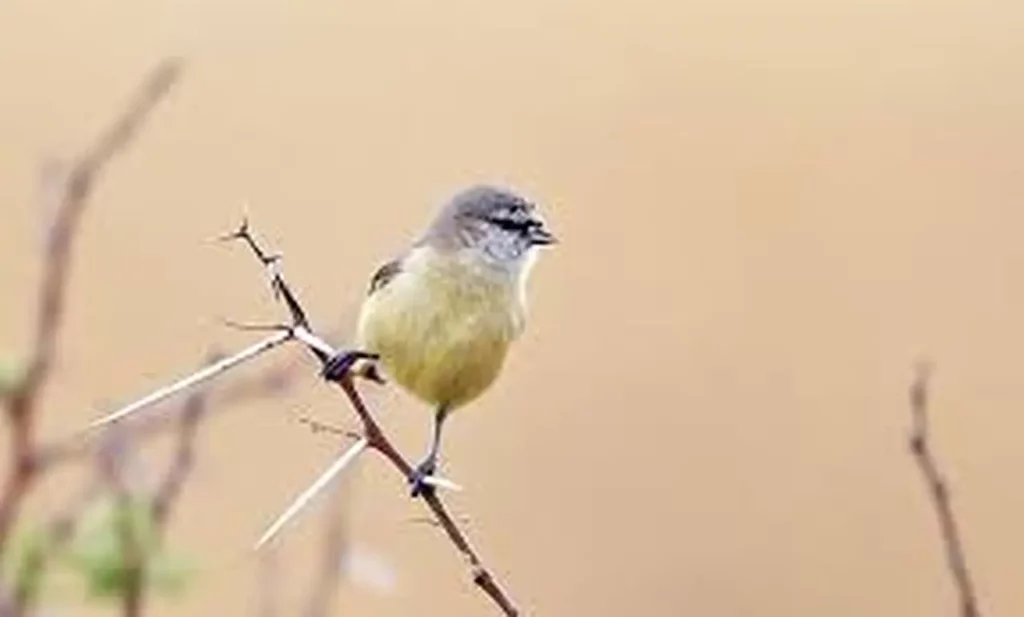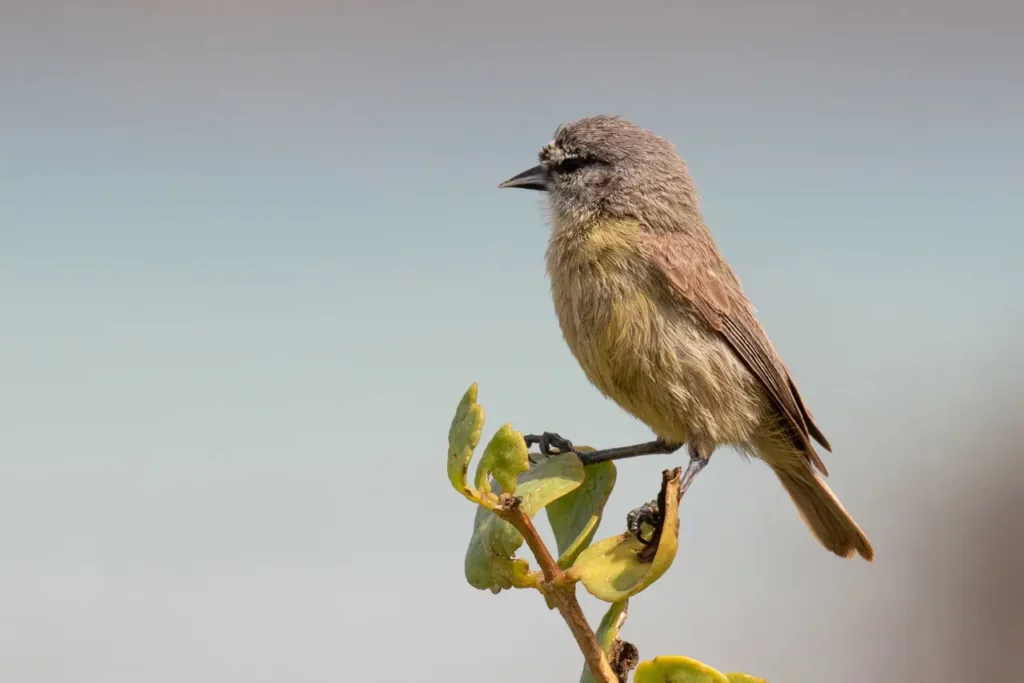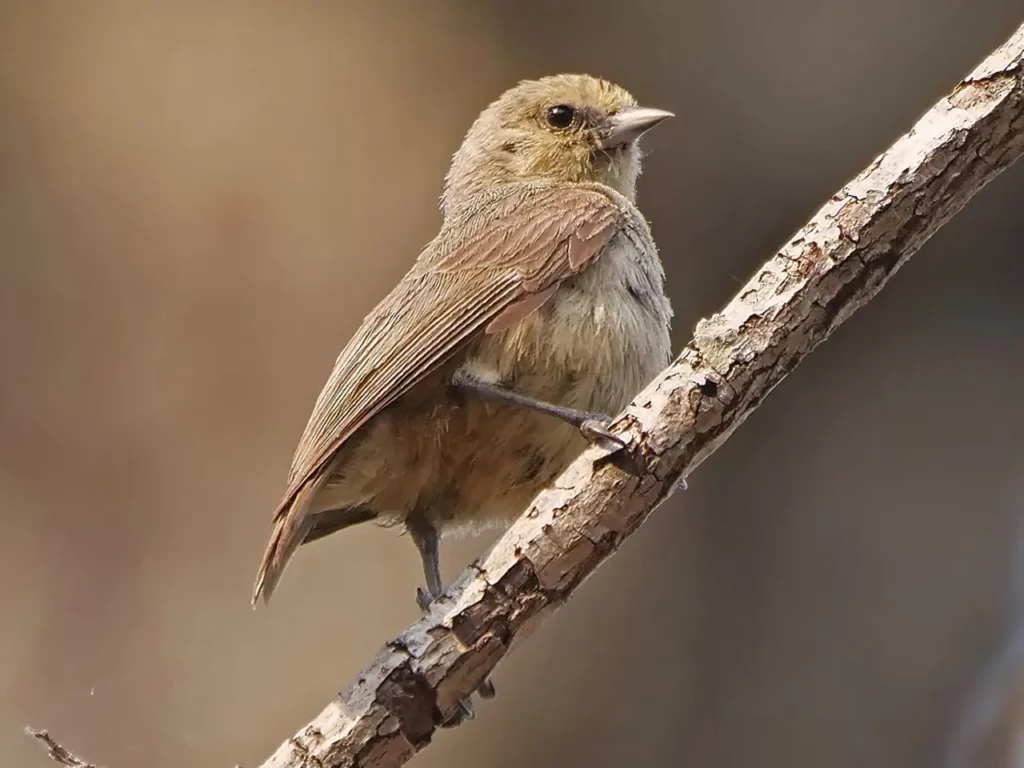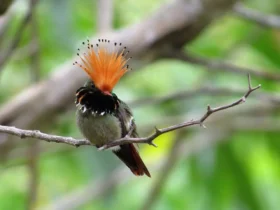The Cape Penduline Tit (Anthoscopus minutus) is one of the smallest bird species in the world, a remarkable species that enchants bird enthusiasts with its unique appearance, intricate nest-building skills, and resilient nature. In this article, we will explore the fascinating world of the Cape Penduline Tit, shedding light on its distinctive characteristics, habitat, behavior, and the importance of conserving this precious avian jewel.
Aesthetic Marvel
Measuring approximately 10 centimeters (4 inches) in length, the Cape Penduline Tit may be small in size, but it leaves an indelible impression with its exquisite appearance. Sporting a contrasting black and white plumage, with a striking black mask and a crest of elongated feathers atop its head, this bird boasts a truly distinct and eye-catching appearance. The male and female birds are similar in appearance, both exhibiting the same charming features.
Habitat and Range
The Cape Penduline Tit is native to the southern regions of Africa, particularly South Africa, Namibia, and Botswana. It prefers the fynbos biome, a unique vegetation type characterized by shrublands and heathlands, as well as dry thicket habitats. Within these habitats, it utilizes a variety of plant species, including proteas, restios, and acacias, for nesting and foraging purposes.
Elaborate Nest-Building Skills: One of the most remarkable aspects of the Cape Penduline Tit’s behavior is its remarkable nest-building abilities. The male takes the lead in constructing the nest, showcasing its architectural prowess. The nest is a complex and intricate structure, resembling a hanging pouch made of woven grass and plant fibers. These nests often incorporate spider silk and lichen, providing strength and camouflage. The birds skillfully attach the nest to the outer branches of thorny shrubs, protecting it from potential predators.
Feeding Habits: The Cape Penduline Tit’s diet primarily consists of insects, spiders, and their larvae. It employs various foraging techniques, including searching for prey in the vegetation, hanging upside down to extract hidden insects, and meticulously inspecting leaves and twigs for potential meals. Additionally, it supplements its diet with nectar from flowering plants, especially during the breeding season.
Behavior and Communication
These charming birds are known for their acrobatic agility, darting swiftly through foliage and adeptly clinging to branches and twigs. They emit a distinctive series of melodious whistles and trills, which serve as both territorial calls and communication signals between mates. These vocalizations are often accompanied by animated displays of crest-raising and wing flicking.
Conservation Status and Importance
The Cape Penduline Tit faces a range of threats that jeopardize its long-term survival. Habitat loss due to agricultural expansion, invasive plant species, and urbanization poses a significant challenge to its population. Additionally, wildfires can devastate its natural habitat, affecting nesting sites and food sources. Recognizing its ecological importance, conservation efforts focus on habitat preservation, ecological research, and public awareness to ensure the survival of this unique avian species.
The Cape Penduline Tit images
